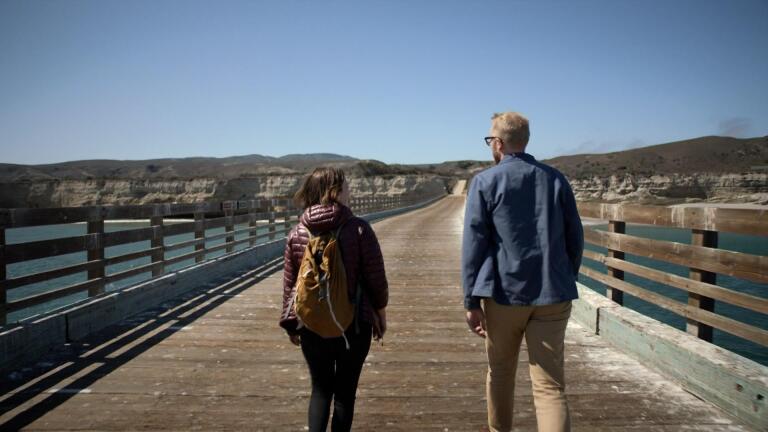Looking for Rare Outdoor Experiences? Here's One Top Secret Tip
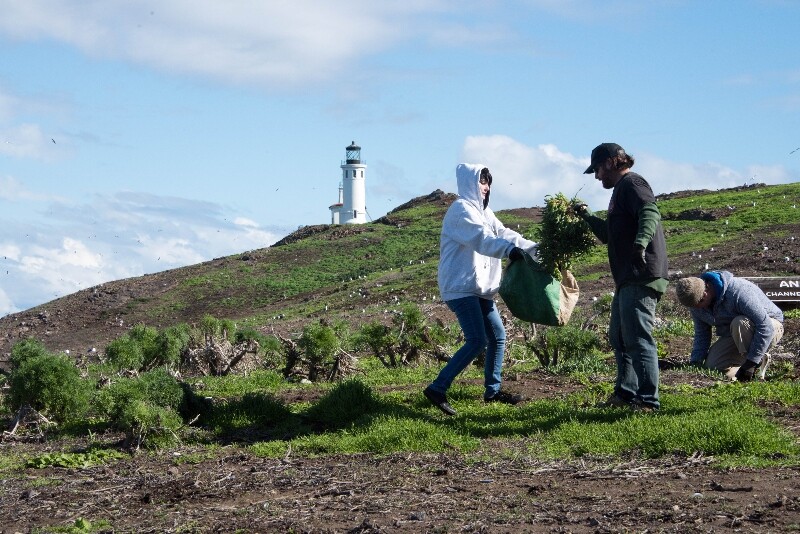
Southern California has some of the most scenic vistas and challenging landscapes you'll find anywhere. Anytime you can spend in the outdoors feels like a gift.
But believe it or not, your experiences in the outdoors could be even more engaging — by following this one secret tip that few people know about: volunteering.
Joining an organized habitat restoration project, trail cleanup or wildlife conservation effort could make a trip to a stunning destination more memorable — because of the difference you'll make alongside a community of like-minded adventurers.
Here are six volunteer programs that let you go beyond the beaten path — sometimes even letting you gain access to difficult-to-reach and otherwise forbidden areas.
1. Channel Islands Restoration, Santa Barbara County and beyond





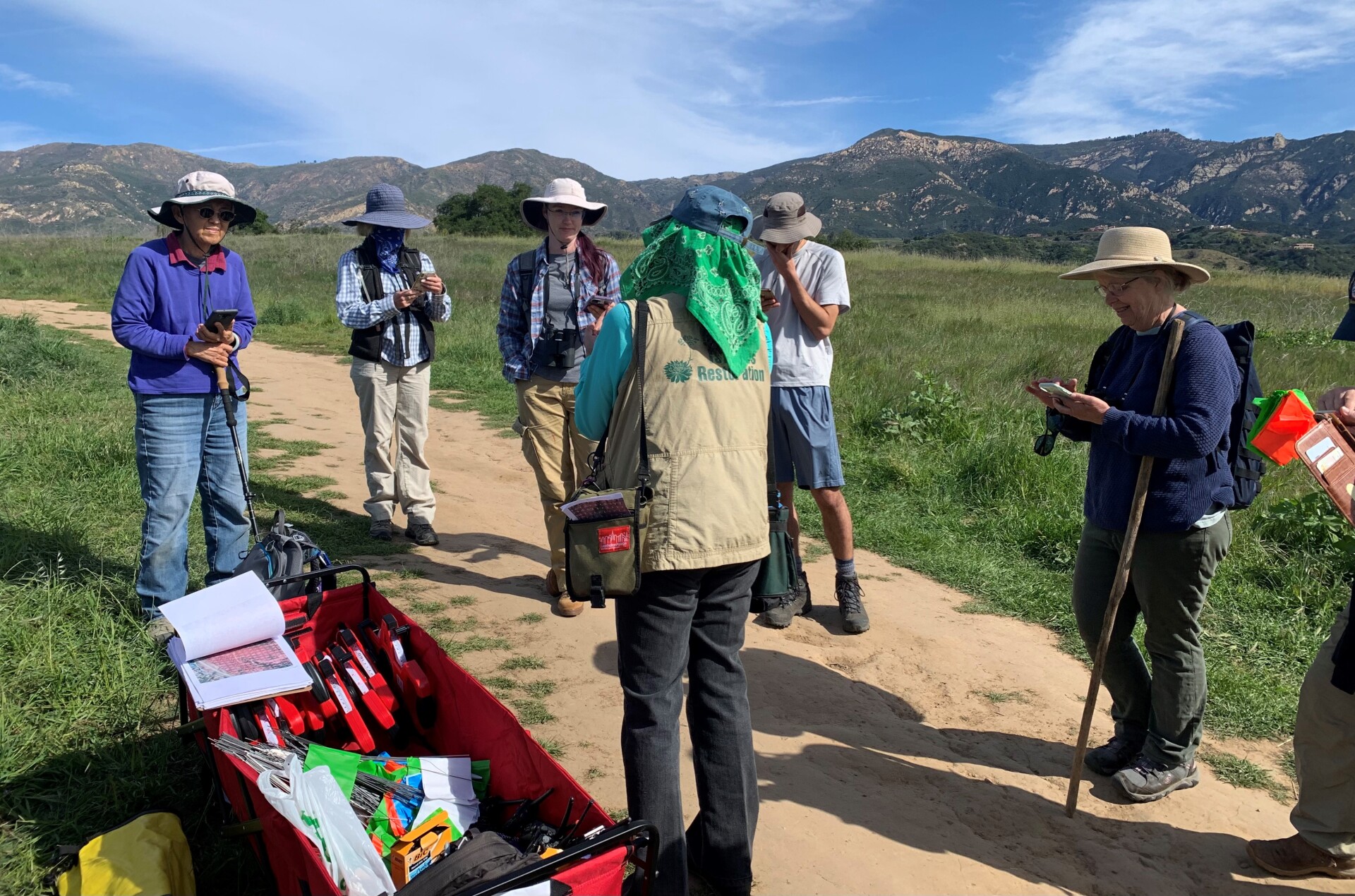
Over the last 20 years, the Santa Barbara-based Channel Islands Restoration (CIR) has worked with over 7,000 volunteers to restore unique and diverse habitats throughout the Central Coast region of California. As a volunteer for CIR, you can learn about the environment while you play an active role in restoring sensitive native habitats to better support local plant and animal communities.
It's a great (and free!) opportunity to visit beautiful locations — like the San Marcos Foothills Preserve in Santa Barbara or Anacapa or Santa Rosa Island in Channel Islands National Park — while making a positive impact with some new friends (and possible kindred spirits). Some volunteer commitments are for a few hours or an entire day, while others (like some of those on the islands) are overnights — with a range of tasks suitable for many physical abilities and fitness levels.
Currently, Channel Islands Restoration is planning fall volunteer trips into the Los Padres National Forest to remove tamarisk, an invasive species that competes with native plants (willows, cottonwoods, etc.) and consumes a disproportionate amount of water, threatening wildlife (including some endangered species like the least-billed vireo). A sizeable volunteer initiative on Santa Cruz Island for 2023 is also in the works. To receive alerts of future volunteer opportunities, fill out the form on the CIR website or email volunteer@cirweb.org.
2. Friends of California Condors Wild and Free, Maricopa





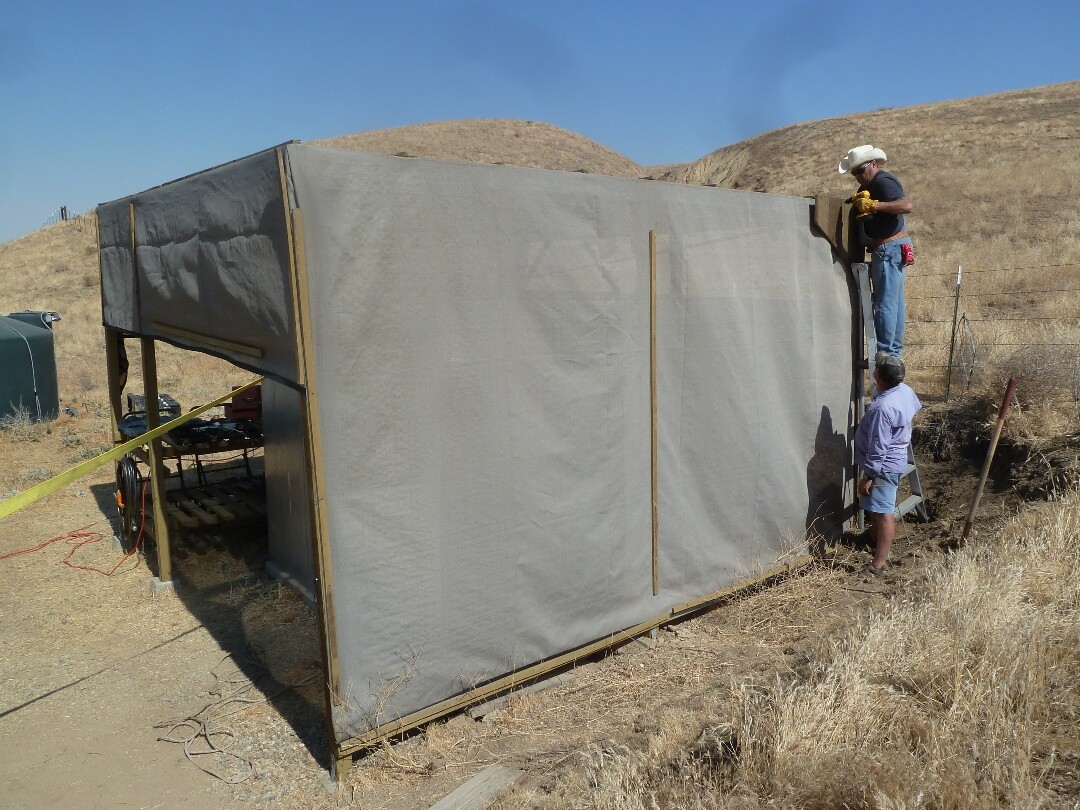
The non-profit Friends of California Condors Wild and Free helps promote the recovery of the California Condor — which became extinct in the wild in 1987. Though its population is currently rising (thanks, in part, to captive breeding programs), it is still critically endangered. The organization's volunteer program is crucial to preserving condor-associated ecosystems for present and future generations.
During monthly work parties at Bitter Creek National Wildlife Refuge (located about 12 miles south of Maricopa, adjacent to Los Padres National Forest), Friends of California Condors Wild and Free volunteers get to access a former cattle ranch that's now an important wildlife corridor — one that's normally closed to the public. There, you'll learn all about California Condors and the Condor Recovery Program, with a good chance of actually seeing condors in the wild!
Volunteer labor helps complete big projects like removing fencing, clearing brush/woody debris, landscaping around structures, removing remnant facilities and building shade structures. If you'd like to participate, sign up to receive the Friends of California Condors Wild and Free newsletter and mark "Yes" where it asks if you're interested in volunteering.
3. Mammoth Lakes Trails & Public Access Foundation Trail Days, Mammoth Lakes & Eastern Sierra










Mammoth Lakes Trails & Public Access Foundation (MLTPA) helped establish the Mammoth Lakes Trail System of more than 300 miles of trails. But that's not all —the organization, formed in 2005, also provides continuing stewardship and maintenance of those trails in the Mammoth Lakes region and the surrounding Eastern Sierra region. Helping them out is one way to get introduced to an entirely new area while also doing some good.
MLTPA hosts annual Trail Days at stunning outdoor destinations. Past locations have included Convict Lake, Coldwater Trailheads, Mammoth Lakes Earthquake Fault, Mammoth Lakes Basin and more. Now in its 13th year, it will focus on "the Sherwins" area of Mammoth. Trail Days mobilizes volunteers to build new trails, install Adopt-a-Trail signs, help visitors on trails and pick up trash (many, many pounds of it, including from the lake itself). MLTPA provides all necessary tools and specialized safety gear, but volunteers should arrive with their own masks, gloves and eye protection (like sunglasses) as well as proper work attire (and a sense of adventure).
To care for the trails as you connect with other volunteers and trail users, sign up for the "Summer of Stewardship." Fill out the online form and select your preferred role and shift (through September 14, 2022). Volunteer stewardship opportunities are generally available all summer long — particularly on Wednesdays and weekends. You must sign up at least one week in advance and complete an online liability waiver.
4. Friends of the Inyo, Inyo & Mono Counties

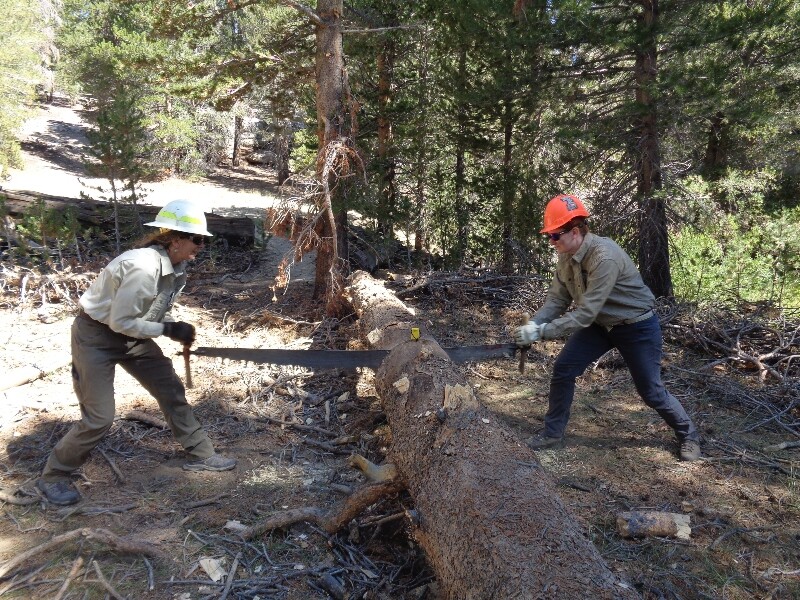
Founded in 1986, Friends of the Inyo (FOI) is a conservation and advocacy group that addresses a broad range of public land issues that impact Inyo and Mono Counties in the Eastern Sierra, from the eastern slopes of Yosemite National Park to Death Valley National Park. Its mission includes not only stewardship and preservation (for both people and wildlife to enjoy for many years to come) — but also education and exploration.
The non-profit's public programming features such unusual events as nature-based yoga followed by clean-ups at a different trail every week. In 2017, it also launched its Trail Ambassadors program to put "boots in the ground" in the Inyo and Humboldt-Toiyabe National Forests, where the trails have been short-staffed.
One of the most intriguing and immersive ways to experience the Eastern Sierra as a Friends of the Inyo volunteer is by joining its annual Volunteer Work Week, whose wilderness projects take place in remote locations throughout the Sierra high country. There, you can spend a week camping, taking in the scenery (even fishing!) and working at a hike-in site. Volunteers from all walks of life — and geographic location — are welcome to participate. To find out more, email the FOI Stewardship Director Alex Ertaud at Alex@friendsoftheinyo.org.
5. The Bay Foundation, LAX Dunes, Playa del Rey, Los Angeles






It's now the "LAX Dunes," but it was once the oceanside community of Surfridge, whose residents were forced out by eminent domain in the 1960s when Los Angeles World Airports set its sights on expanding LAX runways through the area. None of those expansion plans ever came to fruition, although all the homes were razed in the 1970s anyway.
There's a major silver lining here though. The public closure and stalled development allowed rare wildlife species to thrive in this 302-acre parcel of coastal dune community (the largest remaining in SoCal). For instance, the endangered El Segundo blue butterfly, burrowing owls and horned lizards found there are all considered part of a rare ecological success story.
At monthly volunteer events sponsored by The Bay Foundation, you can get a glimpse of these endangered animals up close and in person. For a couple of hours on a weekend morning, you'll pitch in to remove invasive plant species (like black mustard) — helping support the survival of natives like Seacliff buckwheat, the host plant that the El Segundo blue butterfly exclusively relies on to survive. You'll also get to enter the fenced-in area and walk the "ghost town" city streets of this former beachfront bedroom community. To join, simply fill out the online sign-up form.
6. Positional Projects, Landers and Llano

Since June 2016, Positional Projects has been combining storytelling, interactive interpretive installations and historical walking tours with trash cleanups and graffiti removal. These "Stories and Stewardship" events occur at two equally intriguing locations: Giant Rock (once thought to be the world's largest freestanding boulder) in the High Desert town of Landers and the former site of the Llano del Rio utopian colony in the Antelope Valley.
At past Giant Rock cleanups, Positional Projects founder and director Karyl Newman has presented her research findings into the site's natural history, human land use and extraterrestrial ties. Waste from these efforts — including literally tons of trash, including broken glass — have been recycled and reused by artists as creative material. The exception is what Newman calls "rusty gold" — trash beyond 50 years in age, which volunteers should leave for archaeologists to study in situ.
There's always more to done, so efforts are ongoing — taking place not only on significant dates like Earth Day and May Day, but also occasional regular weekend mornings, usually starting at 9 a.m. The next Stories and Stewardship event — in conjunction with Positional Projects partners Blight Sites and Bureau of Land Management (BLM) — will be at Giant Rock on National Public Lands Day, September 24, 2022. Sign up for free on Eventbrite. High-clearance vehicles are recommended, but you may be able to arrange a carpool through one of the partner organizations.
For even more places to explore while getting your hands dirty, you can search for your specific interests and location at VolunteerMatch.
